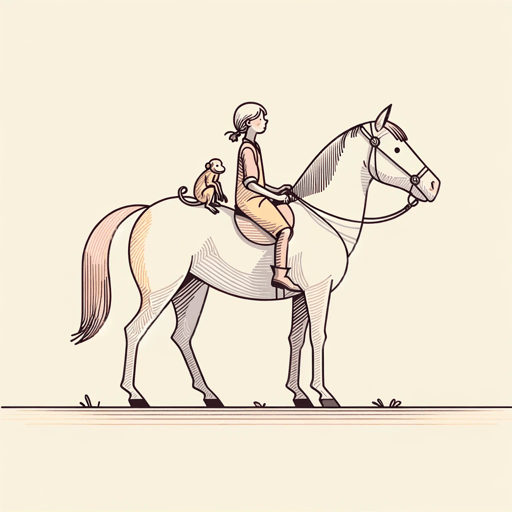36 pages • 1 hour read
Astrid LindgrenPippi Longstocking
Fiction | Novel | Middle Grade | Published in 1945A modern alternative to SparkNotes and CliffsNotes, SuperSummary offers high-quality Study Guides with detailed chapter summaries and analysis of major themes, characters, and more.
Symbols & Motifs
Childhood
Childhood is a key motif in Pippi Longstocking, and the essential components of childhood, including innocence, wonder, Imagination and Ingenuity, and Living Every Day as a New Adventure, are all prominently explored through Pippi’s many exciting experiences. Since Pippi is on her own, she has complete freedom to be a child and explore the world in exactly the way she sees fit. She tells herself what to do and keeps her own morals in check: “She had no mother and no father, and that was of course very nice because there was no one to tell her to go to bed just when she was having the most fun, and no one who could make her take cod liver oil when she much preferred caramel candy” (11). Pippi is unencumbered by any sort of authority and by social norms and expectations. She does as she pleases and faces the consequences directly. Pippi’s sense of adventure rubs off on Tommy and Annika, who are used to playing dull games and much prefer their new friend Pippi and the fantastical ways that she likes to have fun. Together, the three enjoy wholesome childhood experiences like exploring the town and forest, attending the circus, having picnics, and climbing trees.

